Replacing a freehub might seem daunting, but with the right tools and a bit of guidance, it’s a task any cyclist can handle. A well-functioning freehub ensures smooth shifting and efficient power transfer, making your rides more enjoyable.
1. Gather Your Tools
Before you start, ensure you have the necessary tools: a cassette removal tool, chain whip, hex keys (typically 10mm), a rubber mallet, and grease. Additionally, you'll need your new freehub, like the Trifox Freehub Body.
2. Remove the Rear Wheel
First, shift your chain onto the smallest cog to ease wheel removal. Release the quick-release lever or loosen the axle nuts, then carefully remove the rear wheel from the bike frame.
3. Remove the Cassette
Secure the cassette using the chain whip to prevent it from rotating. Insert the cassette removal tool into the lockring and turn it counterclockwise to loosen and remove the lockring. Carefully slide off the cassette cogs and spacers, keeping them in order for reassembly.
4. Remove the Old Freehub
With the cassette removed, locate the bolt that secures the freehub to the hub shell, typically accessible through the center of the hub. Insert the hex key or appropriate tool and turn counterclockwise to unscrew the bolt. Once loosened, gently tap the freehub with a rubber mallet if needed and slide it off the hub shell.
5. Prepare the Hub Shell
Clean the hub shell thoroughly to remove any dirt or debris. Apply a thin layer of grease to the interface where the new freehub will sit. This prevents corrosion and ensures a smooth installation.
6. Install the New Freehub
Align the new Trifox freehub with the hub shell and slide it into place. Secure it by tightening the fixing bolt clockwise using the hex key. Ensure it's snug, but avoid over-tightening as it can damage the freehub or hub shell.
7. Reinstall the Cassette
Slide the cassette cogs and spacers back onto the freehub body in the correct order. Tighten the lockring clockwise using the cassette removal tool until secure.
8. Reinstall the Rear Wheel
Place the rear wheel back into the bike frame. Tighten the quick-release lever or axle nuts securely. Check that the wheel is properly aligned and spins freely without rubbing against the brake pads or frame.
9. Final Check
Shift through all the gears to ensure smooth operation. Listen for any unusual noises and check that the freehub engages and disengages properly. If everything feels smooth, your replacement is successful.
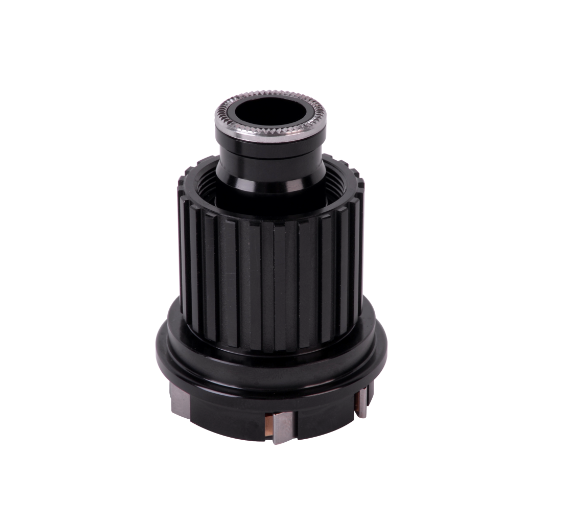
Replacing a freehub, such as the Trifox Freehub Body, is a straightforward process that can significantly enhance your bike's performance. With a few tools and some careful steps, you can ensure your bike is running smoothly and efficiently, ready for your next adventure. Happy riding!
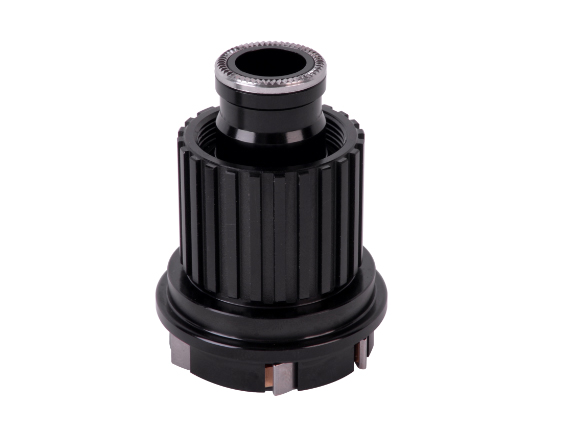
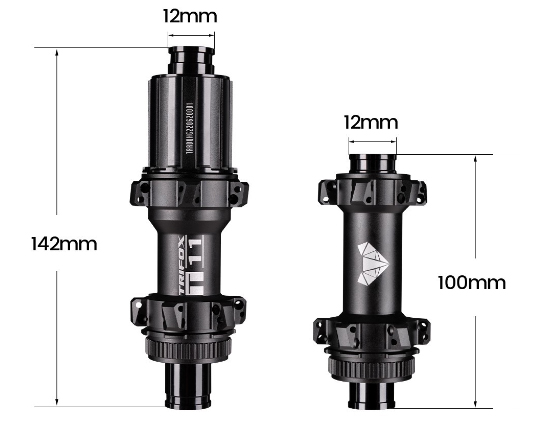
Choosing the right road hub for your bicycle is crucial for achieving optimal performance and enhancing your riding experience. A well-selected and maintained hub can significantly impact your bike's efficiency, speed, and reliability. Here’s a comprehensive guide on how to select and maintain the perfect road hub.
1. Understanding Road Hubs
A road hub is the central part of a bicycle wheel that connects the wheel to the bike frame and allows it to rotate freely. It consists of several components, including bearings, axle, and hub shell. When selecting a road hub, you’ll want to consider factors like material, weight, and type of bearings.
2. Selecting the Right Road Hub
Material
Road hubs are typically made from aluminum or carbon fiber. Carbon fiber hubs, like those offered by Trifox, are lightweight yet strong, providing excellent stiffness and reduced weight.
Bearings
Hubs can come with either sealed cartridge bearings or loose ball bearings. Sealed bearings are low maintenance and offer better protection against dirt and moisture, making them ideal for road cycling.
Compatibility
Ensure the hub is compatible with your bike’s wheel size and cassette type. The Trifox hubs are designed to fit various wheel sizes and are compatible with multiple drivetrain systems, ensuring a versatile fit for most road bikes.
Weight
For competitive cycling, every gram counts. Choose a lightweight hub to reduce the overall weight of your bike, improving acceleration and climbing efficiency.
3. Maintaining Your Road Hub
Regular Cleaning
Keep your hub clean by wiping it down after rides, especially in muddy or wet conditions. Use a soft cloth and mild detergent to remove dirt and grime.
Lubrication
Regularly lubricate the bearings to keep them running smoothly. Avoid over-lubrication as it can attract dirt and cause wear. High-quality hubs like those from Trifox come pre-lubricated, but periodic maintenance will extend their lifespan.
Inspection
Periodically inspect your hub for signs of wear or damage. Check for any play in the bearings, unusual noises, or rough rotation. If you notice any issues, address them promptly to prevent further damage.
Bearing Replacement
Over time, bearings may wear out and need replacement. Follow the manufacturer’s guidelines for replacing bearings. Trifox hubs are designed for easy servicing, making bearing replacement straightforward.
Torque Settings
Ensure bolts and axle nuts are torqued to the manufacturer’s specifications. Over-tightening can damage components, while under-tightening can lead to instability.
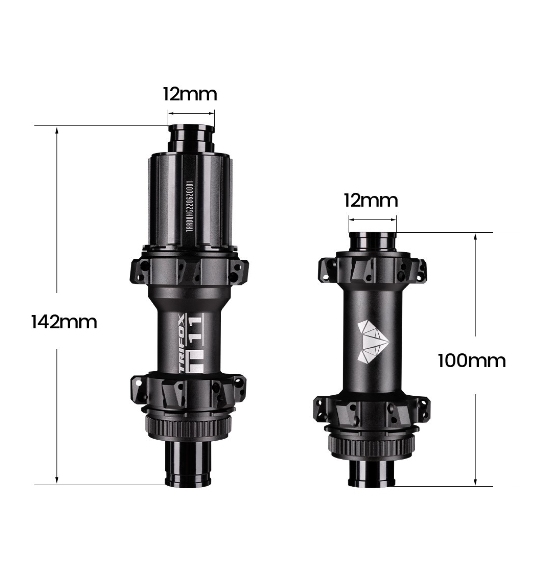
In conclusion, selecting and maintaining the right road hub involves understanding key components, considering compatibility, and performing regular maintenance. By choosing high-quality hubs like those from Trifox and following these maintenance tips, you’ll enjoy optimal performance and a smoother, more reliable ride. Invest in the right road hub today and experience the difference it makes in your cycling journey.
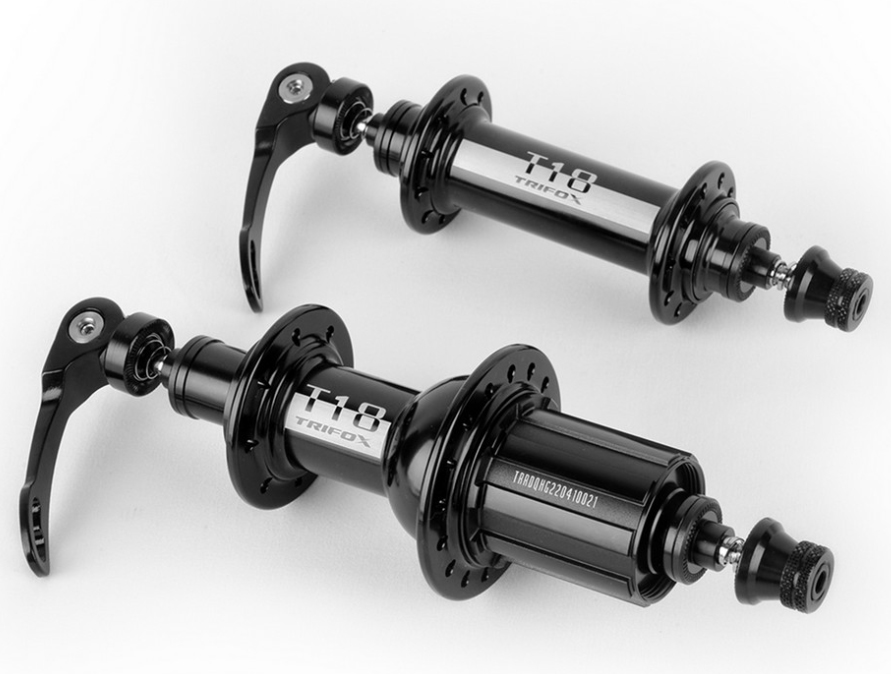
Maintaining and upgrading your Trifox freehub is essential for ensuring smooth, reliable performance on the trails and roads. Proper maintenance can extend the life of your components, while timely upgrades can enhance your riding experience.
Importance of Regular Maintenance
Regular maintenance of your freehub is crucial for several reasons:
Performance: A well-maintained freehub ensures smooth and efficient power transfer from your pedals to the wheels;Durability: Routine care prevents premature wear and tear, extending the lifespan of your freehub;Safety: Properly functioning components reduce the risk of accidents caused by sudden mechanical failures.
Steps to Clean and Lubricate Your Freehub
Remove the Freehub: Start by removing the rear wheel from your bike. Use a wrench to carefully unscrew the freehub from the hub body;Clean Thoroughly: Wipe down the freehub with a clean cloth to remove dirt and grime. Use a degreaser to clean the internal parts, ensuring all old lubricant and debris are eliminated;Inspect for Wear: Check the pawls and ratchets for signs of wear or damage. Look for any cracks or chips in the freehub body;Lubricate: Apply a light layer of freehub-specific lubricant to the pawls and ratchets. Avoid over-lubricating, as excess grease can attract dirt and cause buildup;Reassemble: Carefully reassemble the freehub and reinstall it onto the rear wheel. Ensure all parts are securely tightened.
Signs of Wear and When to Upgrade
Even with regular maintenance, freehubs can wear out over time. Here are some signs that it might be time to upgrade:
Noise: Unusual clicking or grinding noises indicate worn out or damaged pawls and springs;Slippage: If your pedals slip under pressure, the freehub's engagement mechanism may be failing;Difficulty Shifting: Hard-to-shift gears can signal internal issues within the freehub body.
Benefits of Upgrading
Upgrading to a higher-quality Trifox freehub offers several benefits:
Improved Performance: Enhanced engagement mechanisms provide quicker and more precise power transfer;Increased Durability: High-quality materials and construction mean longer-lasting components;Better Riding Experience: Smoother operation and reduced noise contribute to a more enjoyable ride.
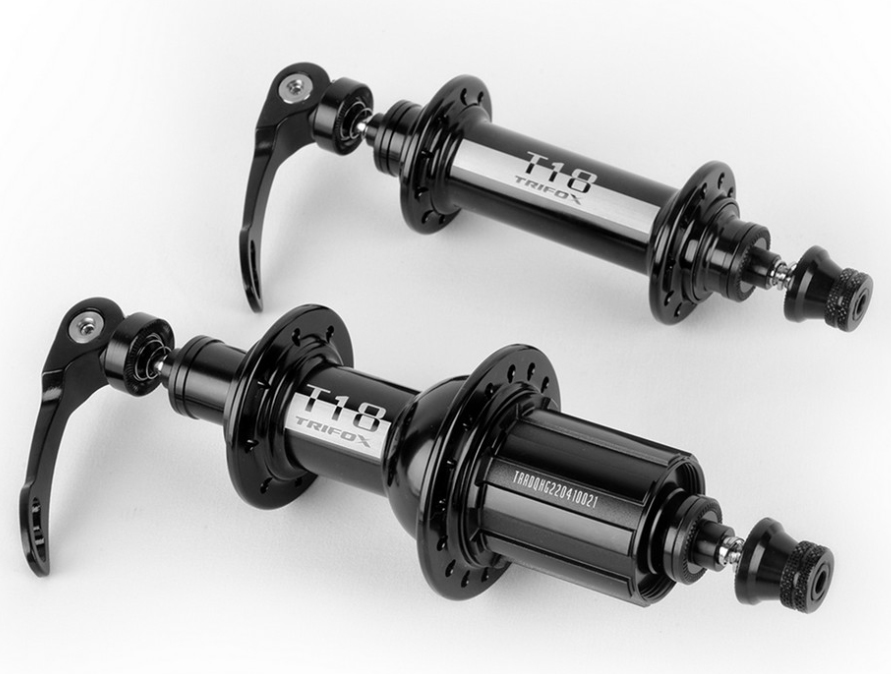
Conclusion
Maintaining and upgrading your Trifox freehub is a vital part of bike upkeep. By regularly cleaning and lubricating your freehub, inspecting for signs of wear, and upgrading when necessary, you ensure optimal performance and longevity. For a wide range of high-quality bike components, including freehubs, visit TrifoxBike. Keep your bike running smoothly and enjoy every ride to the fullest!
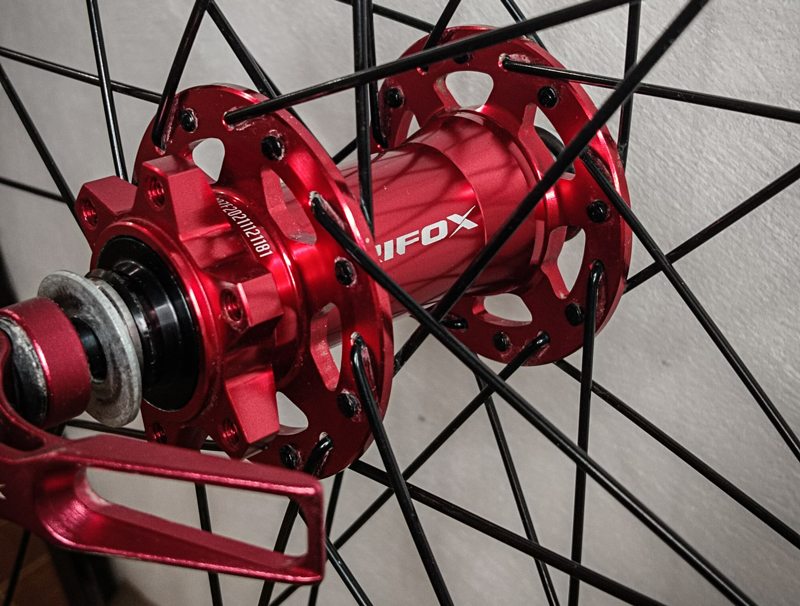
In the world of cycling, having the right equipment is crucial for a smooth and efficient ride. One such essential piece of equipment is the bike hub, which plays a pivotal role in the overall performance of your bicycle. But when it comes to compatibility with different cassettes, things can get a bit tricky, especially if you're using Shimano hubs.
Understanding the Role of the Bike Hub
Before we delve into the compatibility of cassettes and hubs, let's understand what a bike hub does. The hub is the centerpiece of your bike's wheels (front and rear), where the axle is mounted. It allows the wheel to spin freely while keeping it attached to the bike.
Can Other Cassettes Work on Shimano Hubs?
The answer to this question largely depends on the specific model of the Shimano hub and the type of cassette you're trying to use. Generally, most Shimano hubs are compatible with a range of cassettes from various manufacturers. However, it is important to check the specifications of the hub and the cassette to ensure they match.
For instance, a 10-speed Shimano hub will not work with an 11-speed cassette. Similarly, certain brands may design their cassettes to only fit onto their proprietary hubs.
Checking Compatibility
To determine if a particular cassette can work on Shimano hubs, consider the following steps:
1. Check the Speed: The number of speeds (i.e., gears) of the cassette should match that of the hub. A 10-speed cassette will fit a 10-speed hub, and so on.
2. Check the Brand: While Shimano hubs are generally compatible with cassettes from various manufacturers, some brands may have proprietary designs that only fit their hubs.
3. Check the Freehub Body: The freehub body is the part of the hub where the cassette mounts. Shimano uses a specific design for their freehub bodies, so check to ensure the cassette is compatible with this design.
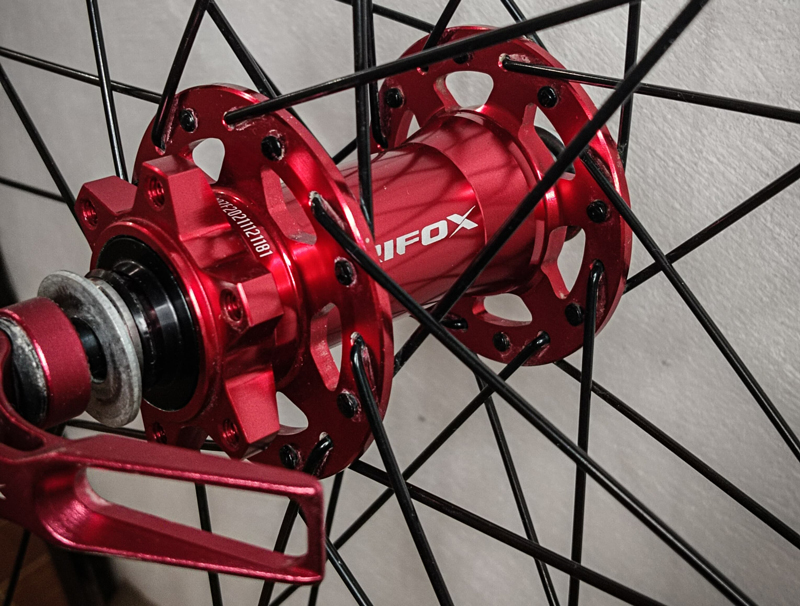
Trifox Bike Hubs
If you're looking for high-quality bike hubs, consider checking out [Trifox Bike Hubs]. Trifox offers a selection of durable and reliable bike hubs designed to enhance your cycling performance. They offer both road and mountain bike hubs, designed to be compatible with a range of cassettes.
In conclusion, while many cassettes can work on Shimano hubs, it's always important to check the specifics to ensure compatibility. Always remember, the right setup can significantly improve your cycling experience, offering you smoother rides and better overall performance
Happy cycling!

When it comes to bicycles, the hub is an essential part that holds the wheel in place. Over the years, the design of the hub has undergone significant changes. From quick-release setups to thru-axle and boost options, bike makers have continuously strived to improve the experience for bike riders.
The hub spacing has become one of the most critical aspects of bike design. If you're looking to buy a new bike or upgrade your existing one, it's essential to understand the differences between hub spacing standards. This article will take you through the different hub spacing standards, their benefits, and which one would be best for you.
1) Quick-Release
The quick-release standard was the most common hub spacing standard in the past. It involved a simple setup where the hub was held in place by a skewer that passed through the axle. It made it easy for the rider to change a flat tire or remove the wheel. The quick-release standard is still common in road bikes and some mountain bikes. Its disadvantage is that it's not as stiff as the newer options, making it unsuitable for demanding mountain bike applications.
2) Thru-Axle
The thru-axle configuration involves a larger diameter axle that passes through the hub and the fork, locking the wheel in place. The thru-axle standard offers better stability and stiffness compared to the quick-release. This makes it more suitable for mountain bikes and other high-performance bicycles. The thru-axle standard has become popular in recent years, and it's likely to become the standard hub spacing for most bicycles.
3) Boost
Boost is a hub spacing standard developed by mountain bike makers to improve the stiffness and handling of mountain bikes. Boost spacing involves a longer thru-axle and wider hub spacing than standard thru-axle spacing. The wider spacing provides more clearance for wider tires and improves the bike's stability. The Boost spacing standard has become popular in recent years and is now common in most new mountain bikes.
4) Super Boost
Super Boost is a hub spacing standard developed to improve the handling of bikes with plus-size or fat tires. It features an even wider spacing than Boost, making it more comfortable to handle larger tires without sacrificing stability. Super Boost standard is not yet a common feature in most bicycles, but it's popular in some high-end mountain bikes.
5) Which Hub Spacing Standard is Best for You?
The choice of the hub spacing standard you choose depends on the bike's intended use. If you're looking for a road bike, the quick-release standard is still suitable. However, for mountain bikes, the thru-axle or Boost standard is the better option, offering better stiffness and stability. If you're looking to fit plus-sized tires or fat tires, the Super Boost standard would be the best option.
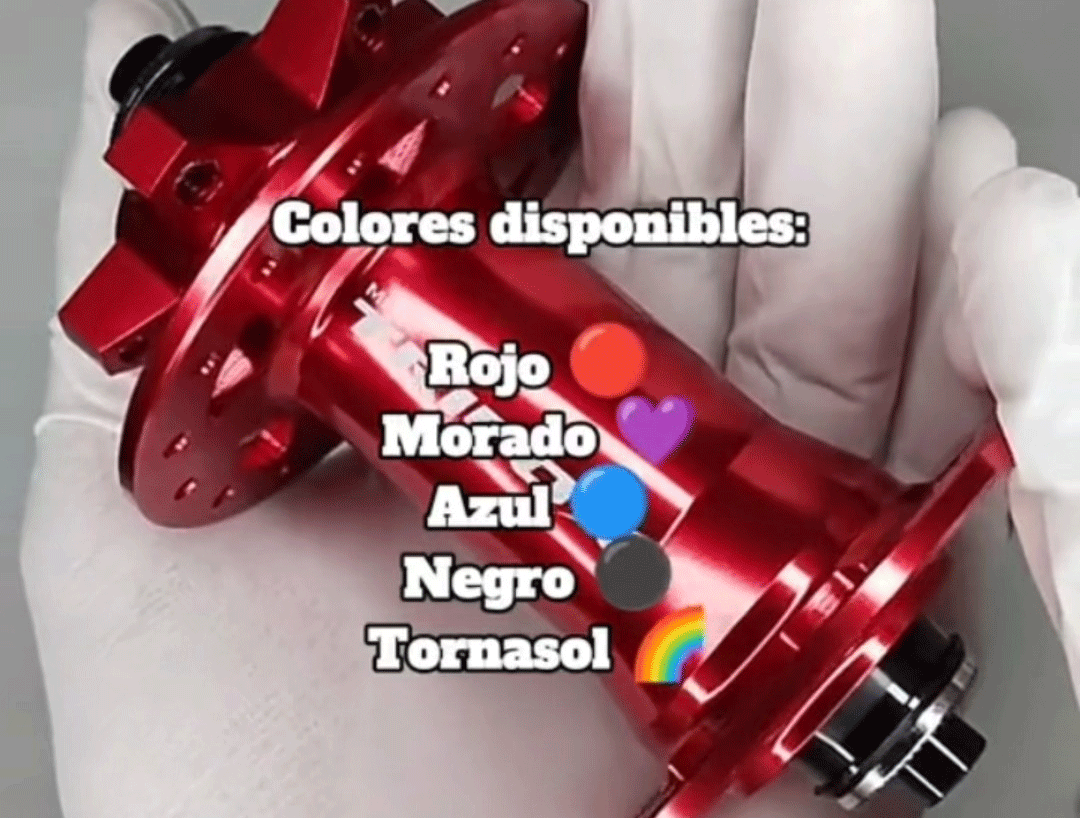
Conclusion:
Understanding hub spacing standards is essential when it comes to buying a new bike or upgrading your existing one. Each standard has its benefits and drawbacks, making it essential to choose one that suits your needs. While the quick-release standard is still prevalent in road bikes, the thru-axle and Boost/Hope hub spacing standards are becoming more popular in mountain bikes. The Super Boost standard is still a new concept, but it's gaining popularity, especially in fat tire bikes.
In conclusion, the choice of hub spacing standard depends on the type of riding you intend to do, and it's essential to choose one that suits your needs.
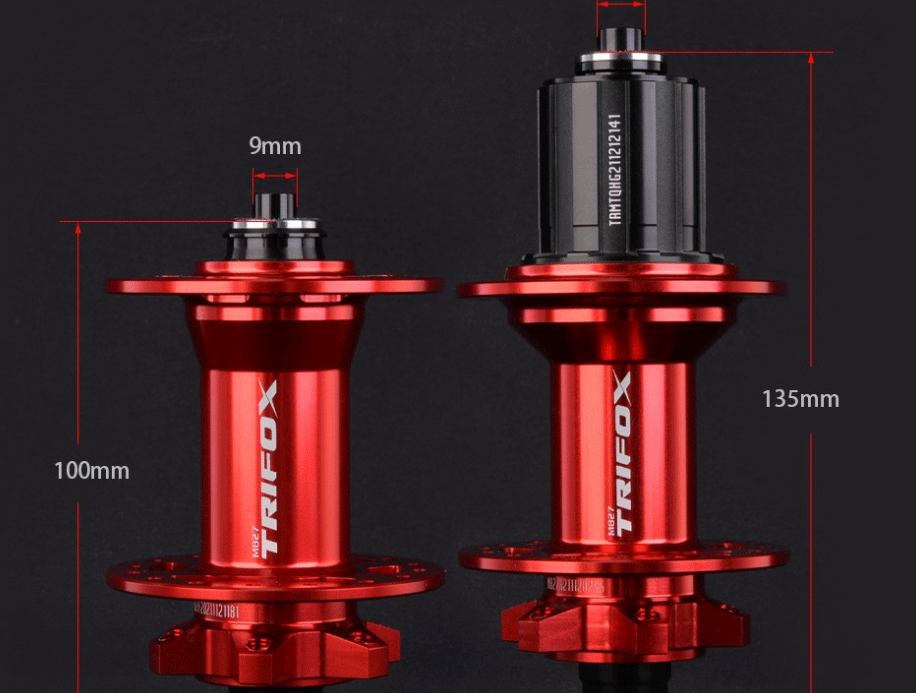
As a cyclist, understanding the components of your bike is crucial to enjoying a smooth ride and maintaining your bike's optimum performance. One of the essential components you should not overlook is your bike hub. In this comprehensive guide, we will focus our discussion on disc hubs and learn about the Trifox Bike Hub M827 designed for MTB.
Whether you are a professional cyclist or a weekend rider, this guide will provide you with all the necessary knowledge to understand disc hubs and the Trifox Bike Hub M827.
What is a bike hub?
Before we dive into disc hubs, let's briefly talk about bike hubs. A bike hub is the center part of your bike's wheels that connect the spokes to the axle, allowing the wheels to spin on the bike frame. A hub's construction can significantly impact a wheel's performance, including speed, stiffness, and durability. In summary, a bike hub is a crucial component of your bike's drivetrain and requires careful consideration when selecting a new one.
What are disc hubs?
Disc hubs, also known as disc brake hubs, are bike hubs designed to mount disc brake rotors. Compared to traditional rim brakes, disc brakes offer superior stopping power and better heat dissipation, which makes them a popular choice for off-roading, mountain biking, and other demanding cycling disciplines. To accommodate the disc rotor, disc hubs have a hub shell that's wider than traditional hubs. Also, disc hubs can be designed to accept different types of through-axle or quick-release standards depending on your bike's frame requirements.
Introducing the Trifox Bike Hub M827
The Trifox Bike Hub M827 is a premium quality disc hub designed for MTB riders. The hub is constructed with an aluminum alloy shell and comes with easily interchangeable quick-release and thru-axle bases. The front hub accepts a 15*100mm thru-axle, while the rear hub accepts a 12*142mm thru-axle, which are both standard sizes for MTBs. The hub also features high precision sealed bearings, which offer exceptional smoothness and durability. The Trifox Bike Hub M827 is a reliable, lightweight, and high-performance hub that ensures a smooth ride on the trails.
Sizing and Weight
The Trifox Bike Hub M827 comes with a front hub weight of 165g and a rear hub weight of 314g. When selecting a bike hub, it's important to consider the size and weight of the hub, as they can affect your bike's overall weight, stability, and performance. The M827 front and rear hub sizes are standard for MTBs, but it's essential to ensure that your bike frame meets these requirements before purchasing. The Trifox hub's lightweight construction means you can enjoy a more responsive and agile ride, especially if you're into MTB racing or climbing challenging hills.
Installation and Maintenance
Installing the Trifox Bike Hub M827 is a straightforward process that requires basic bike mechanic skills. You will need to remove your bike's old hub, install the Trifox hub, and mount the disc brake rotor. Ensure that you follow the manufacturer's instructions to avoid any damage to the hub or your bike. Regular maintenance is necessary to keep your bike hub in top condition, and this includes routine cleaning, greasing, and bearing replacement when necessary. If you're unsure about the maintenance process, you can consult a professional bike mechanic or refer to the manufacturer's instructions.
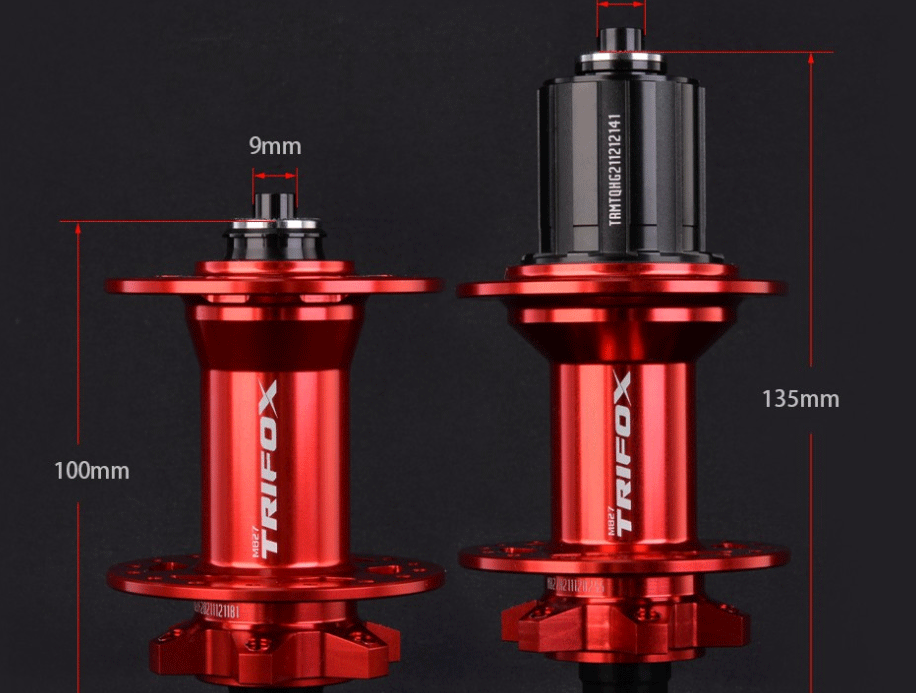
Conclusion:
Understanding disc hubs is essential if you want to improve your bike's performance and ride quality. The Trifox Bike Hub M827 is an excellent choice for MTB riders who value lightweight, durability, and high-performance. When selecting a bike hub, ensure that you consider the hub's size, weight, compatibility, installation, and maintenance. By doing so, you'll be able to choose a reliable bike hub that will provide you with an enjoyable and smooth ride on any terrain.
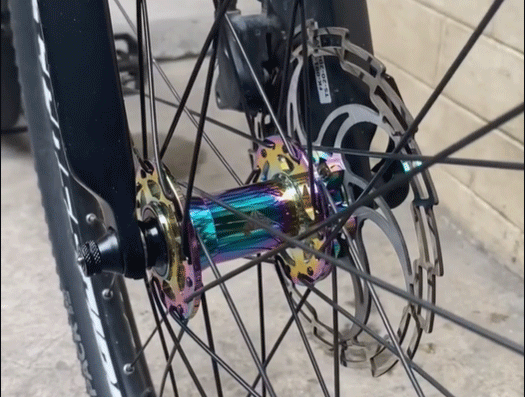
When it comes to mountain biking, choosing the right hub is critical to the performance of your bike. The hub flange spacing is something that might be overlooked, but it's an essential factor when selecting the right hub for your mountain bike.
To begin, what is hub flange spacing? The hub flange spacing refers to the distance between the two flanges on a hub. The distance between the flanges affects the tension of the spokes and the lateral stiffness of the wheel. The wider the hub flange spacing, the more the spoke tension will be reduced, making the wheel less stiff. In contrast, if the hub flange spacing is narrower, the spoke tension will be higher, making the wheel stiffer. Hub flange spacing affects wheel strength, and the right spacing will ensure the longevity and durability of your wheels.
The Trifox Bike Hub M827 for MTB offers an ideal hub flange spacing. It features a 110mm front hub flange spacing and a 148mm rear hub flange spacing. The wider hub flange spacing provides greater lateral stiffness of the wheel, resulting in better control and stability during your mountain biking activities. This ensures that your bike can handle demanding terrain, steep inclines, and challenging conditions.
The Trifox Bike Hub M827 With a lightweight design and durability, this hub is perfect for mountain biking. The alloy construction ensures that the hub can handle the impact of rough terrain, providing a secure and stable foundation for your wheelset. You can rest assured that the hub will be able to handle the demands of your mountain biking adventures.
Another essential factor when selecting the right hub for your MTB is the hub's engagement system. The Trifox Bike Hub M827 features a high-engagement system with 72 points of engagement, providing a rapid and responsive engagement experience. This means you can take on steep climbs with ease, as the hub connects directly to the drivetrain, ensuring maximum power and control.
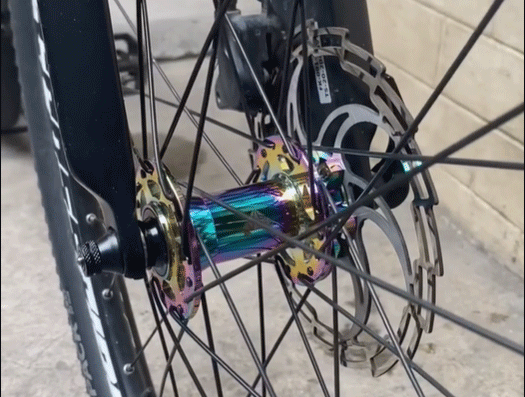
In summary, the hub flange spacing is an important consideration when selecting the right hub for your mountain biking activities. The Trifox Bike Hub M827 for MTB offers an ideal hub flange spacing, high-engagement system, durability, and lightweight design. These features ensure that you have the best experience and performance during your mountain biking adventures. Choose the Trifox Bike Hub M827 for MTB if you're looking for a robust, high-performing, and reliable mountain
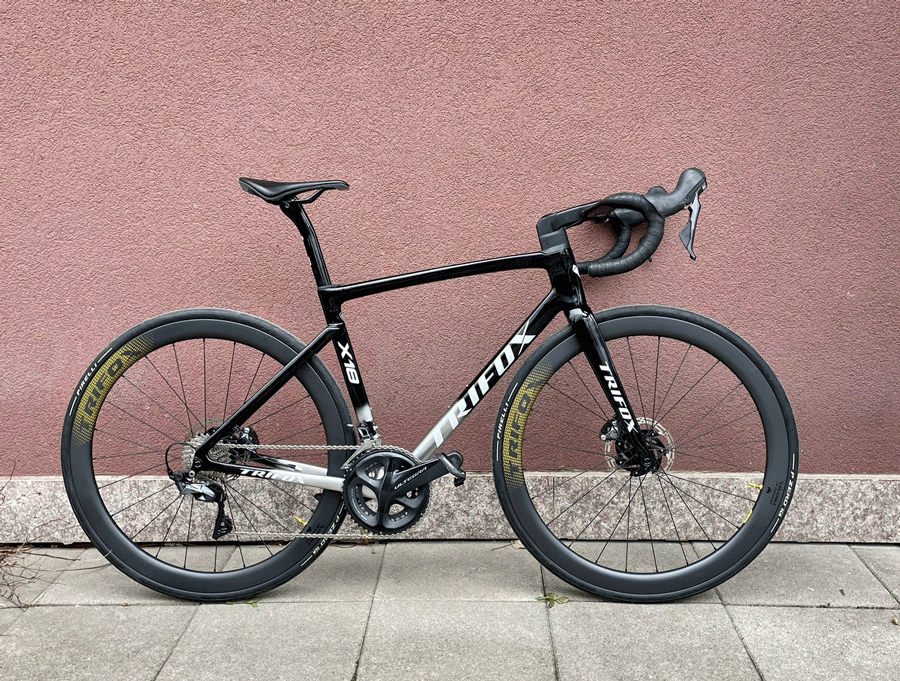
If you are into biking, then you must know the importance of a cassette hub. A cassette hub is the central part of a bicycle wheel, providing a smooth ride while also transferring power from the rider's pedals to the wheels. It is an important component for a cyclist to have a comfortable riding experience. But, do you know everything there is to know about a cassette hub?
In this blog post, we will go in-depth about cassette hubs and understand how it plays a vital role in cycling.
1. What is a Cassette Hub?
Before we dive deep into cassette hubs, let us first understand what it is. A cassette hub is a central component of any bicycle wheel that attaches to the axle and holds the cassette, which houses the different gears. It contains an internal body, which lets you change the gears with the shifter while you are cycling. The cassette hub itself contains ball bearings, impacting the bike's speed, comfort, and maneuverability.
2. Components and Types of Cassette Hub
Cassette hubs come in various types, and they differ in the number of gears, the number of spokes, and the size of the axle. The most common cassette hub types are 8-speed, 9-speed, 10-speed, and 11-speed hubs. The number of gears in cassette hub also determines the degree of versatility in the bike. In addition to the number of gears, the cassette hub's components include the body, free hub, pawls, driver mechanism, seal, and bearings. All of these components play an essential role in ensuring a smooth and comfortable ride.
3. Benefits of a Cassette Hub
Cassette hubs have numerous benefits, making them a popular choice among pro cyclists and biking enthusiasts worldwide. Some of the primary benefits are that the cassette hub can be easily removed for maintenance, it provides a smooth and efficient ride, and it can accommodate different gear ratios to suit various riding needs. Maintenance is also easier since you can quickly change the cassette to replace the damaged or worn-out parts. The cassette hub also improves bike performance, and the power transfer from the pedal to the wheel is effective and quicker.
4. How to Maintain Cassette Hub
Cassette hub requires maintenance to keep them from wearing out too fast, compromising your bike's performance. Here's a maintenance tip you can use to extend the lifespan of your cassette hub. Firstly, clean the cassette hub regularly to prevent dirt and mud from clogging the bearings. Secondly, lubricate your cassette hub often to reduce friction. Lastly, check the cassette for wear regularly, replace the parts if necessary.
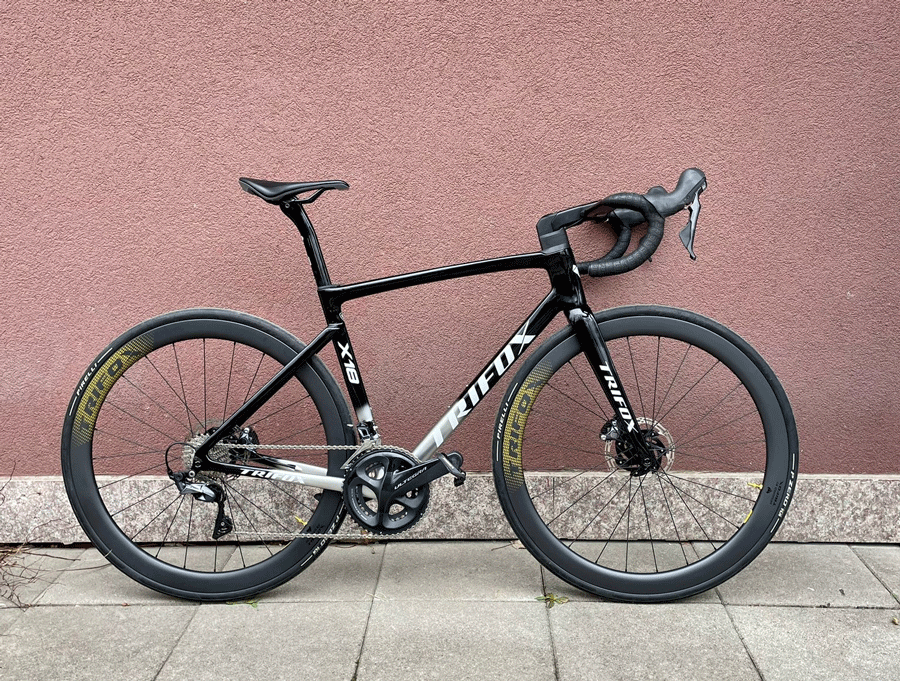
Conclusion:
In conclusion, a cassette hub is a vital component of your bike wheel that can significantly impact your cycling experience. Understanding how it works and how best to maintain it is crucial for improving the performance of your bike and extending the lifespan of the cassette hub itself. With the tips we have discussed here, you are now better equipped to make the most of your biking experience with a cassette hub.
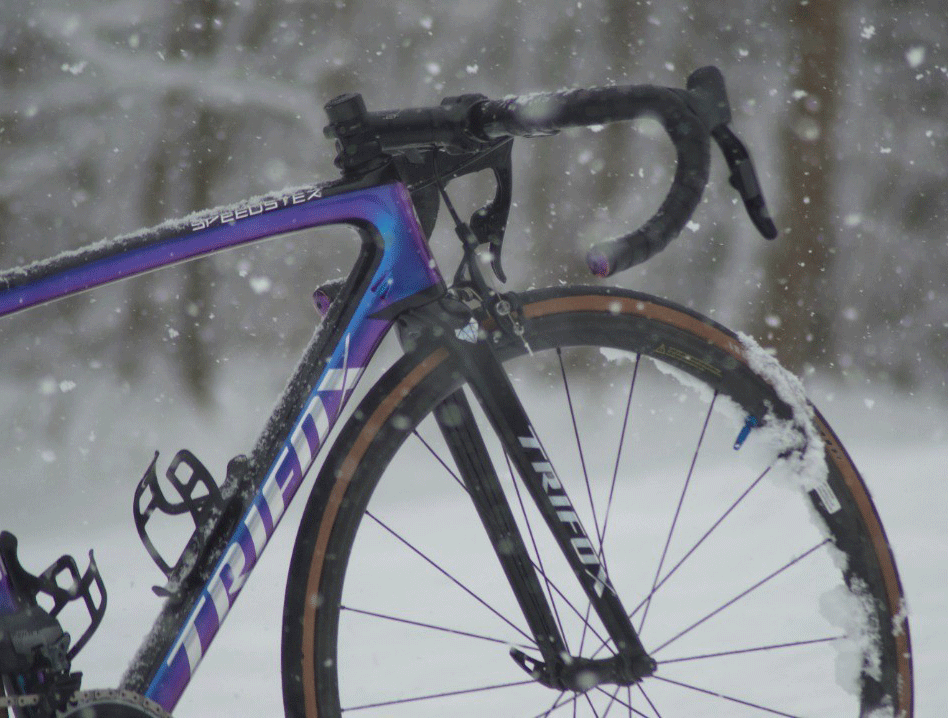
Fixed gear bikes are becoming more popular among cycling enthusiasts. This type of bike does not have a freewheel mechanism, which means that the pedals are connected to the rear wheel at all times. One unique component of fixed gear bikes is the fixed gear hub.
In this blog, we’ll take a closer look at this vital component and why it makes fixed gear bikes such a joy to ride.
1. Anatomy of a Fixed Gear Hub
A fixed gear hub is made up of several parts, including the hub shell, the lockring, and the track or threaded cog. The hub shell houses all the other components and is attached to the wheel axle. The lockring is threaded onto the hub and prevents the cog from coming loose. The cog is then attached directly to the hub, making the pedals and rear wheel work together as one.
2. Unique Riding Experience
Riding a fixed gear bike with a fixed gear hub is a unique experience because of the continuous contact between the pedals and the rear wheel. This means that when the pedals turn, the wheels turn too. This can make it easier to accelerate and maneuver your bike, and you’ll feel a greater connection to your bike when you’re riding.
3. Simple Maintenance
Another benefit of having a fixed gear hub is that it is relatively easy to maintain. There are fewer moving parts than on other types of bike hubs, and there are no cables or gears to worry about. A properly maintained fixed gear hub will provide you with years of reliable performance.
4. Versatility
Fixed gear hubs are also versatile, allowing you to switch between different gear ratios by simply changing out the cog. This makes it easy to adjust your gear ratio based on your fitness level or the terrain you’re riding on. You can even have multiple cogs and swap them out according to your needs.
5. Aesthetic Appeal
Finally, fixed gear hubs add a sleek, clean look to your bike. The lack of cables and gears gives the bike a minimalist appearance. Plus, you can customize your bike by choosing different colors and finishes for your hub.
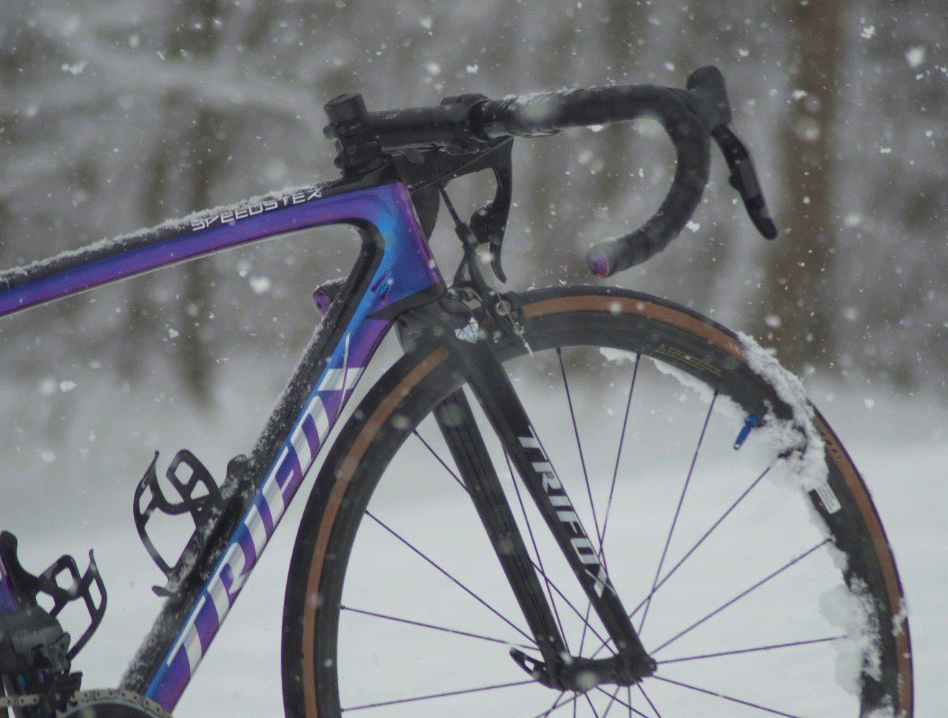
Conclusion:
The fixed gear hub is an essential component of fixed gear bikes. It adds a unique riding experience, requires simple maintenance, and provides versatility when it comes to gear ratio. It also gives your bike a sleek and minimalist look, making it a popular choice among cycling enthusiasts. Whether you’re fiercely competitive or simply love riding bikes, the fixed gear hub can provide you with an unforgettable experience.

























































